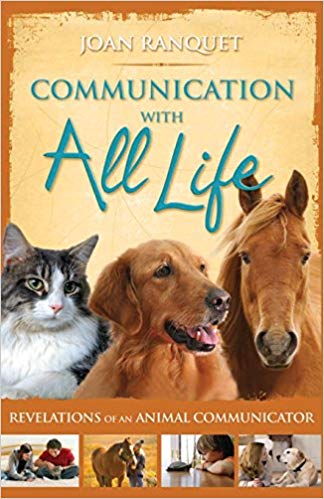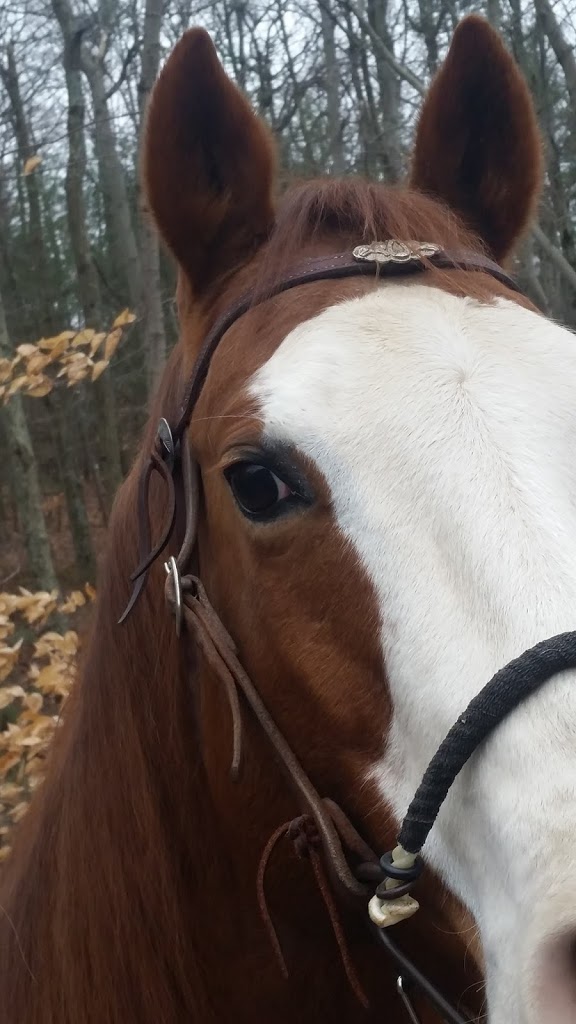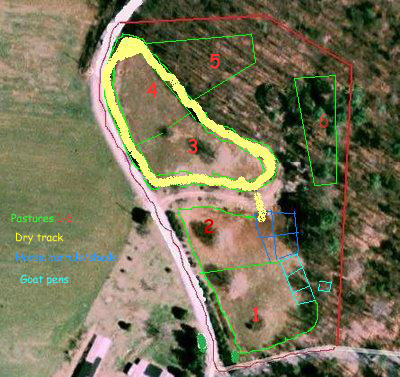Tax time and pastures
You might be wondering at the title. What does tax season have to do with pastures?
Well, for me, tax season also means looking back at all the expenses and income for the past year and looking for ways to improve the bottom line while keeping my animals healthy.
Hay is one of the biggest expenses at Oak Hill, and was even bigger this past year. Therefore making the best use of our pastures for feed and exercise will improve our bottom line this coming year.
I’ve worked out some new strategies for the horses and goats. The horses are going to spending a lot more time in the runways, saving on barn labor and making sure they get plenty of healthy movement. The goats will be doing some high-density rotational grazing to improve the soil health and cut back on their hay consumption.
For the horses, I have decided to eliminate the track around pastures 1 and 2 and focus on track 2 around pastures 3 and 4. That track has the most hills and the best access to varied browse. To encourage more movement I’ll be placing the water and the round bale at opposite ends of the track. The hay is fed from a slow-feed net. The horses will get daily turnout on grass for a couple hours in rotation with the goats, for parasite control and for the nutrients only fresh grass can provide. The mares and geldings will alternate 12 hours in their corrals & sheds with 12 hours on the track. (Note: I am not placing hay in multiple small slow-feeders around the track. While I agree with the overall concept of multiple feeding stations, the increased labor of filling and placing nets is not practical for Oak Hill.)
For the goats, grazing will happen in 4 phases. The first phase, starting right now, is feeding their hay in pasture 2 and allowing all the excess to be trampled into the soil. Pasture 2 was reduced to a sea of mud this fall after bring heavy equipment through and relocating the manure composting. Trampling in the hay will reseed the ground and add organic matter. While the goats are happily eating hay and rebuilding the soil, the plants in pastures 1, 3, 4, 5 and 6 can regrow.
By the time kidding season starts in May, the second phase starts. Pasture 1 should be grown enough to be grazed lightly. I’ll shift the goats off of 2 and allow 2 to sprout and grow, possibly for the entire year. Meanwhile, the doe herd will be out in 1 giving them plenty of room to kid on grass and eat fresh spring plants.
Once kidding wraps up in late June, I can move all the goats into the next phase, intensive grazing, on pastures 3-6.
I did some quick calculations on intensive grazing. Starting stocking rate is 25,000 pounds of livestock per acre. (This number ultimately shifts up to 40,000+ pounds per acre). For my herd of mini and standard myotonic does and kids, I have roughly 1600 pounds of goat. Here is the math:
1 acre = 43,560 square feet
ideal starting stocking rate is 25,000 pounds per acre
1600 pounds of goat
1600 / 25000 = .064
.064 x 43560 = 2788 square feet
2788 square feet is roughly a 50 foot x 50 foot pen
For the bucks, I have roughly 500 pounds.
500 / 25000 = .02
.02 x 43650 = 873 square feet
873 square feet is roughly a 29 foot x 29 foot pen (I’m rounding the pen size up a bit to prevent fighting)
[interesting side note: goats in a square pen graze more and trample less than goats in a rectangle.]
I plan to move the pens every 1 to 3 days, 3 being the maximum. The goats will return to the more secure permanent night pens every night. With the goats coming in every night, I may be able to reduce the pens down to 40′ x 40′. Time and experience will tell.
I will set up the grazing pens within each pasture and allow the horses to graze either around the pens, or in a different pasture, depending on how the growth looks.
Ideally each section of pasture will get grazed twice during the growing season and once over the winter.
My hope is that with this plan I can reduce hay consumption by at least half, feeding hay at night in the secure pens from June through the end of the growing season at least.
Here are some useful links for learning more about intensive stocking:
Watch this first for spring grazing information https://www.youtube.com/watch?v=P5031FrJ8f0
http://www.pharocattle.com/philosophies.htm
https://www.facebook.com/OnPasture
https://www.youtube.com/watch?v=gz8AdQmYlv8
And this website has many links to horse track information: www.paddockparadise.com
You May Also Like

Joan Ranquet & animal communication
December 18, 2015
Goats & Parasites – Excerpt from The Energetic Goat by Carrie Eastman
March 7, 2019

